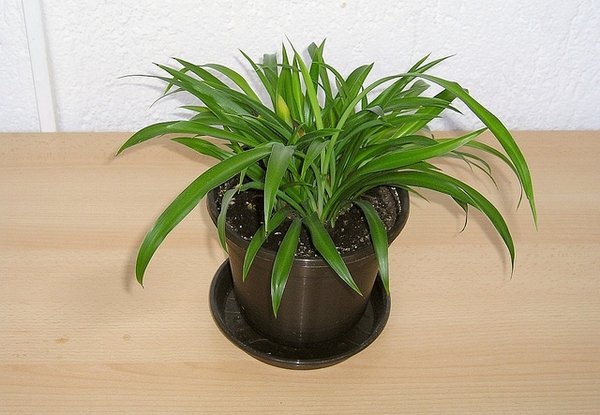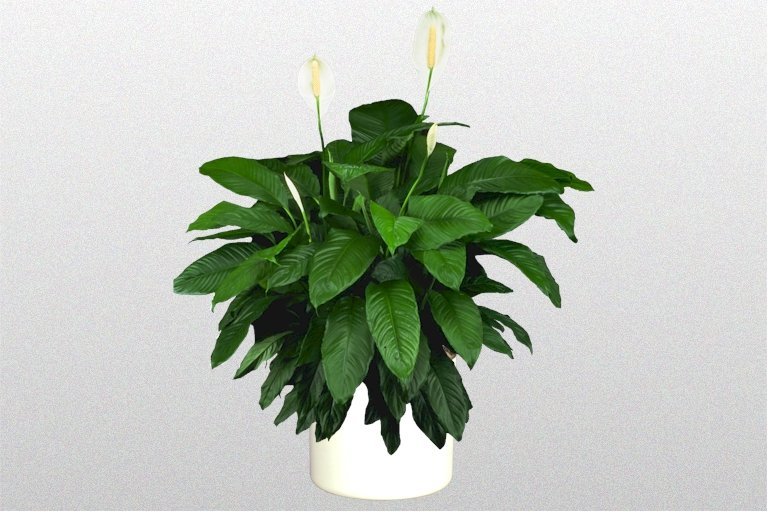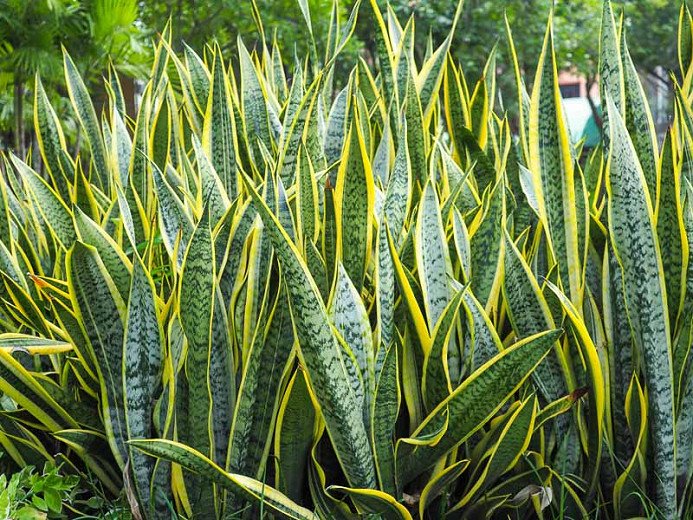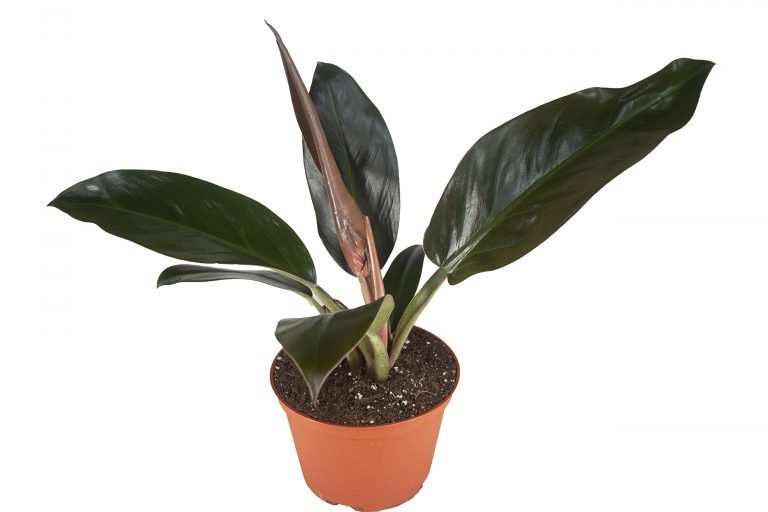Pink quill (Tillandsia cyanea) – All You Need To Know
About Pink quill (Tillandsia cyanea)
Tillandsia cyanea, also known as the “Pink Quill Plant,” is a tropical plant native to Central and South America that is known for its long, slender leaves and tall, showy pink flowers. It is often grown as an ornamental plant in outdoor gardens or as a houseplant, and it requires bright indirect light and regular watering to thrive.
General Information
Family: Bromeliaceae
Category: Bromeliad
Origin: Ecuador
Native Climate: Tropical humid
Hardiness Zone: 11-10
Best as: Table top & Tertiary plant.
Where to grow Pink quill?
Pink quill is a common household plant that can be grown in various environments. They are Tropical humid plants that thrive in the hardiness zone of 11-10 with a minimum temperature of 15 and maximum temperature of 30.
Below is a typical map of the US hardiness zone where you can check your location and see if Pink quill can survive in your locale.

Pink quill is native to the Tropical humid climate of Ecuador so it will survive best in a similar climate. However, being from a resilient Bromeliaceae family, it can also be found in most unusual places.
Sunlight Requirements of Pink quill
The idea lighting conditions for Pink quill is Strong light between 21,500 to 3,200 lux or 2000 to 300 foot-candle. However, it can also survive and grow in diffused light less than 5,300 lux or 500 foot-candle.
Watering Requirements for Pink quill
Bromeliaceae plants are known for their ability to thrive in a variety of conditions. However, proper watering is still important for these plants to ensure that they have the moisture they need to grow and thrive.
One important aspect of watering Bromeliaceae plants is to change the water in the cup or container regularly. This is especially important for plants that are grown in containers or pots, as the water in the cup can become stagnant and may contain excess fertilizer or other contaminants. Changing the water regularly will help to ensure that the plant has access to fresh, clean water.
In addition to changing the water regularly, it is also important to water Bromeliaceae plants when the soil is half dry. This means that the top inch or so of soil should feel dry to the touch, but the soil beneath it should still be moist. Watering plants when the soil is half dry helps to prevent both overwatering and underwatering, as the soil will have a chance to dry out slightly between watering. This will allow the plant to absorb the water more efficiently and help to prevent root rot and other issues that can occur if the soil is consistently too wet or too dry.
Is Pink quill prone to insects?
Pink quill is not prone to insects
Common diseases: N/A
Common posture & style
Pink quill has a Rosette bearing with a distinctive, circular arrangement of leaves that radiates outwards from the center of the plant.
It has beautiful Dark green leaves. Its main appeal is its Flower. It can grow up to the height of null meters with a truck width of null meters. It has a Slow growth speed under good conditions, watering, and sunlight.
Blooming Season: Seasonal
Bloom Color: Pink
Pruning: Never
Why should you keep Pink quill in your home?
Keeping a Pink quill plant in your home can bring many benefits. For one, plants can improve the air quality in your home by removing toxins and releasing oxygen.
In addition, having plants in your home can help increase humidity, which can be particularly beneficial during dry winters.
Additionally, caring for your Pink quill plant can be a relaxing and therapeutic activity, and Pink quill in your home can add a touch of nature and beauty to your living space.
Overall, there are many reasons why everyone should consider keeping a Pink quill plant in their home if the climate is enabling for its growth.








